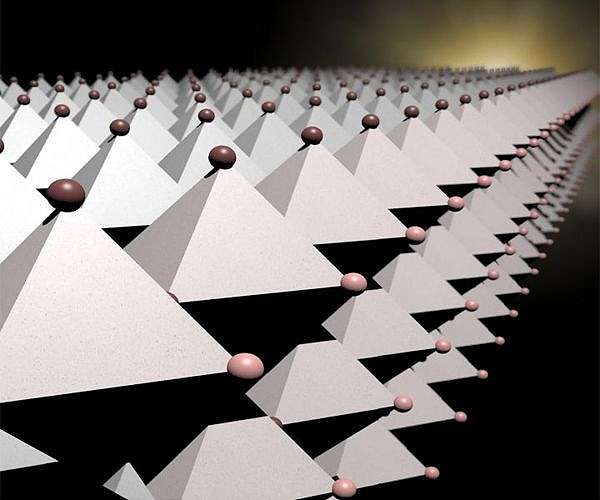Mizzou scientists use layered crystals for next-generation energy solutions
Researchers at the University of Missouri are delving into the nanoscale properties of halide perovskites, a material that could revolutionize energy-efficient optoelectronic technologies. By investigating its ultra-thin crystalline structure, scientists aim to unlock unprecedented efficiencies in solar energy and lighting solutions.
Physics professors Suchi Guha and Gavin King of Mizzou’s College of Arts and Science are leading the research. “Halide perovskites are being hailed as the semiconductors of the 21st century,” says Guha, an expert in solid-state physics. “Over the past six years, my laboratory has focused on optimizing these materials as a sustainable source for the next generation of optoelectronic devices.”
The team used chemical vapor deposition to create halide perovskites, a process refined by Randy Burns, a former graduate student of Guha, in collaboration with Chris Arendse of the University of the Western Cape, South Africa. This scalable method offers potential for the mass production of advanced solar cells.
In investigating the material’s optical properties, Guha’s lab used ultrafast laser spectroscopy to better understand its functionality. Complementing these findings, King introduced ice lithography, a cryogenic technique that enables nanometer-scale fabrication. “By creating complex patterns on these thin films, we can produce devices with different properties and functionalities,” says King, a specialist in biological physics. He likened the process to using a nanometer-scale chisel to cut out the fundamental layers of optical electronics.
The collaboration between Guha and King, despite their different areas of expertise, has been integral to the success of the project. “When you work together, you get the full picture and the opportunity to learn new things,” Guha explains. “Gavin’s lab, for example, works with biological materials, and by combining that with our work in solid state physics we are discovering new applications that we had not thought of before.”
King echoed the sentiment. “Everyone brings a unique perspective, and that’s what makes it work. If we were all trained the same way, we’d all be thinking the same way, and that wouldn’t allow us to achieve as much as we can here together .”
This research is an example of the groundbreaking work taking place at the University of Missouri’s Center for Energy Innovation, where interdisciplinary efforts are advancing sustainable energy technologies.
Research report:Carrier relaxation and exciton dynamics in chemical vapor-deposited two-dimensional hybrid halide perovskites
Research report:Stabilizing metal halide perovskite films via chemical vapor deposition and cryogenic electron beam patterning


